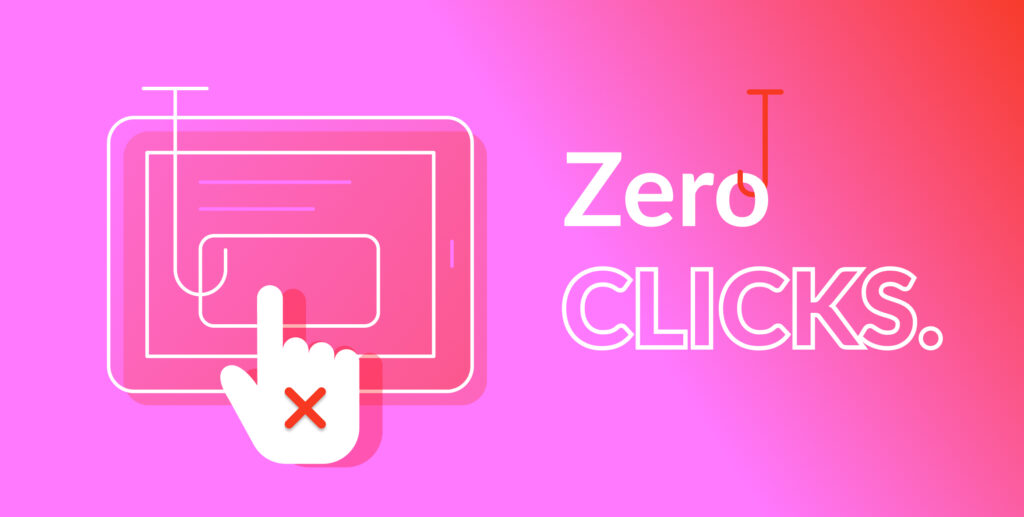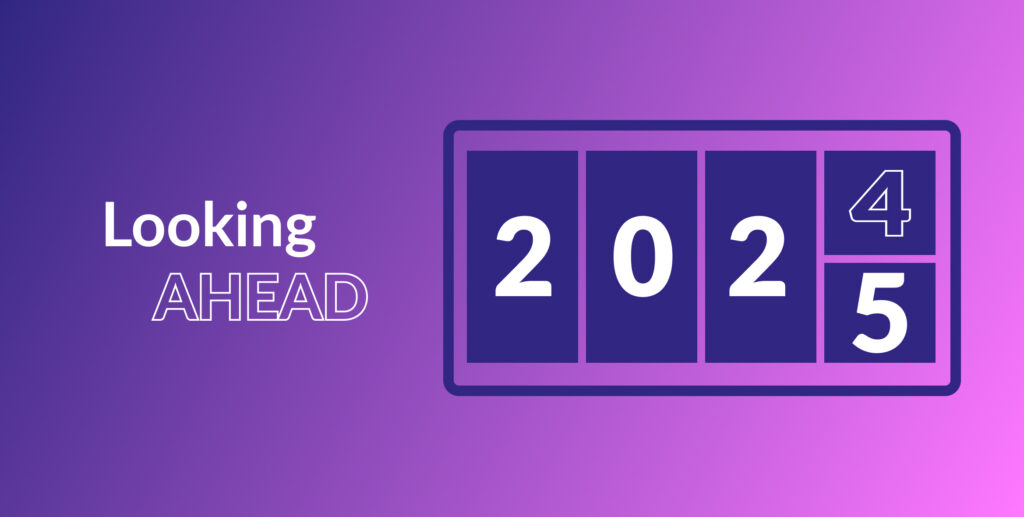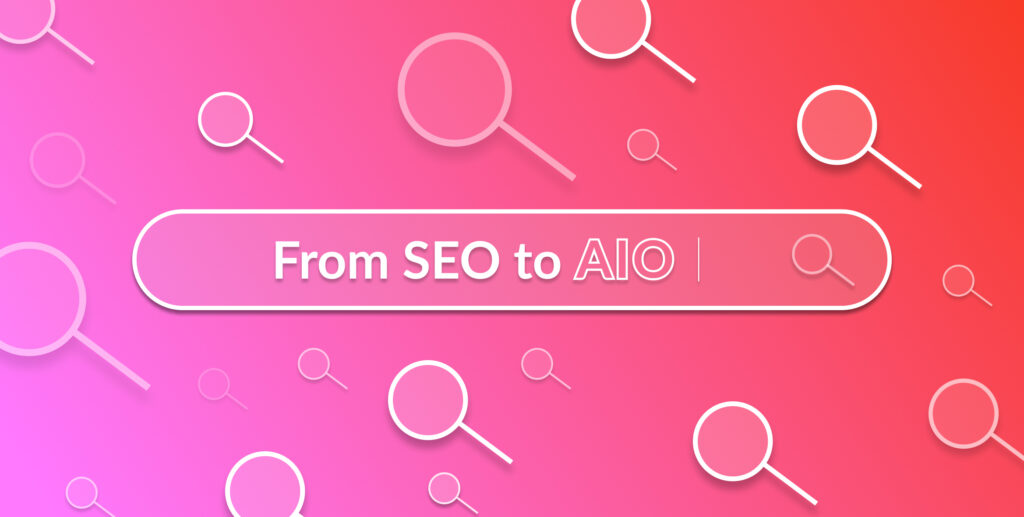AI has dominated conversations for a long time, especially since the widespread release of ChatGPT in November last year. Since then, professionals across all industries have continued to debate the benefits and dangers of AI.
The use of AI seems especially controversial in domains where creativity is required, such as design. Some believe that the emergence of AI-based image generators, like Midjourney or Adobe’s Firefly, will transform the industry altogether. Others, however, are less convinced of AI’s potential to disrupt.
What we do know is that design is the backbone of content and that getting design wrong can kill even the best copy. With that in mind, any tool that can substantially affect design results is worth a closer inspection.
We sat down with our creative team to get their thoughts: is AI a designer’s best friend or their nemesis? Senior Creative Services Manager Gia Mussini and Senior Designer Natalie Marshall weigh in.
First of all, what was your first reaction when AI art started to become mainstream? Has that reaction evolved for you since?
Gia: Initially, I ignored it. I didn’t even know what people meant when they said ChatGPT. I started paying closer attention when YouTube videos first appeared of people creating images on the DALL-E platform. As a designer, the use of AI in imagery amazed me. I found the results weird and abstract and started to think of the platform (and AI more generally) as a source of inspiration.
Natalie: I was scared for my job! In all seriousness, it did worry me that AI might replace me in my role. Over time, and having experimented with AI, I can now see its strengths but also its limitations. It is a fantastic tool for helping with tasks like extending or removing backgrounds in images and even making backgrounds from scratch. But of course, it is not all-powerful.
Where are we in terms of AI in design today? Is it useful to designers or does it still come with many challenges?
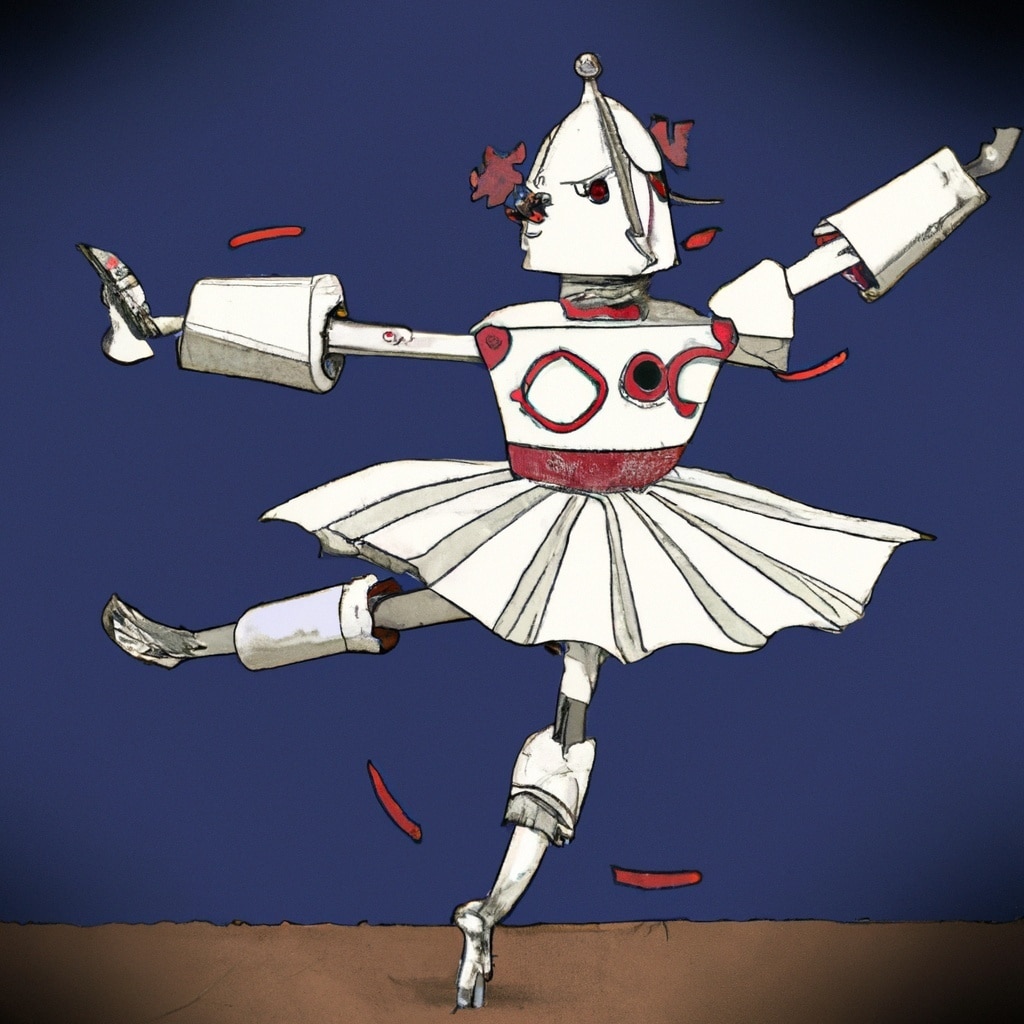
Gia: It’s great for quick fixes, like completing an image. That can save designers a lot of time.
I don’t believe we’re at a stage where fully AI-generated images can be used in client work. In the B2B world, you have to think about branding and brand identity: our work needs to be original, which is hard to do with generative AI. But it can be a helpful source of inspiration.
Natalie: It certainly has benefits in terms of image manipulation. That said, it’s not always perfect, and you still need a designer’s eye for a final approval at the very least. So, no reason to be worried about our jobs just yet, especially given that AI is not completely reliable in its current form.
Recently, a designer colleague used AI to trace a line flow in a video editing program, but when it was exported, the file ended up unreadable. Issues like that show that we still have a long way to go.
What should designers bear in mind before embracing AI?
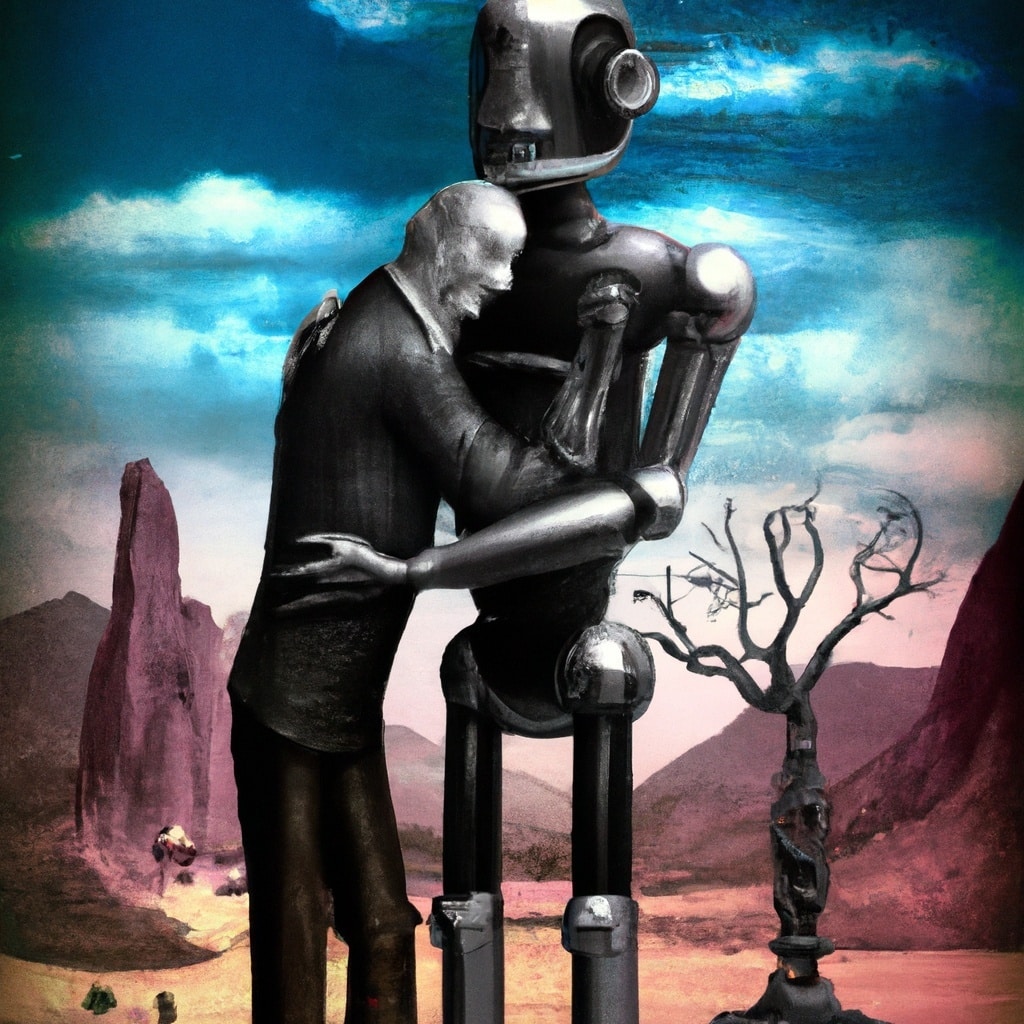
Gia: You have to remember there are very few policies regulating the use of AI in design, so I’m not comfortable using AI-generated content for client work just yet.
At the end of the day, AI takes inspiration from real-life artists, which has copyright implications. Some companies like Shutterstock are looking to create an ethical platform, where they compensate artists whose images are used as inspiration for AI generators. If we had the green light to use AI on a project, I’d aim to get images from sources like that.
Natalie: Quality control is vital. Designers need to ask themselves questions like, is what the AI generated realistic? Is the quality up to par? Importantly, is it better than what the designer could have produced themselves?
It’s equally important to think about your perspective. What are you hoping to achieve by using AI? If it saves you time but ends up compromising the quality of your work, that might not be the best route to go down.
What role does human creativity play in design, and can AI ever truly replicate it? How can designers leverage AI to augment their creative process?
Gia: I’d say it’s the same with AI design tools as it is with AI content tools like ChatGPT. They can save you time, provide inspiration, or help you create a structure for your work. But you still need a creative mind and an expert’s theoretical and practical knowledge to evaluate the final product.
To a significant extent, a designer also needs to be a mind-reader. The people we work with sometimes struggle to express what they want; they need a designer’s view to help their abstract idea take shape. AI tools, on the other hand, require very specific prompts to work, which is another reason why they can’t fully replace designers yet.
Natalie: Beauty is in the eye of the beholder – and real expertise is in the eye of the designer. When it comes to design, AI is still in its infancy, and ultimately incapable of fully taking over a designer’s role.
That said, it can be leveraged for certain tasks, like the removal or creation of backgrounds. I’m open to learning more ways of using it on the day to day.
What advice do you have for emerging designers in light of the increasing presence of AI in design?
Gia: Learn, learn, learn. Follow the trends, tools, rules, and updates. Use it for inspiration. Don’t be afraid of it. Use it for your advantage.
Natalie: Don’t rely on it too heavily, use it only in cases where you’re certain the output will be better with it than without.
What are your predictions for the next big breakthroughs in AI and design? How might they shape the future of the industry?
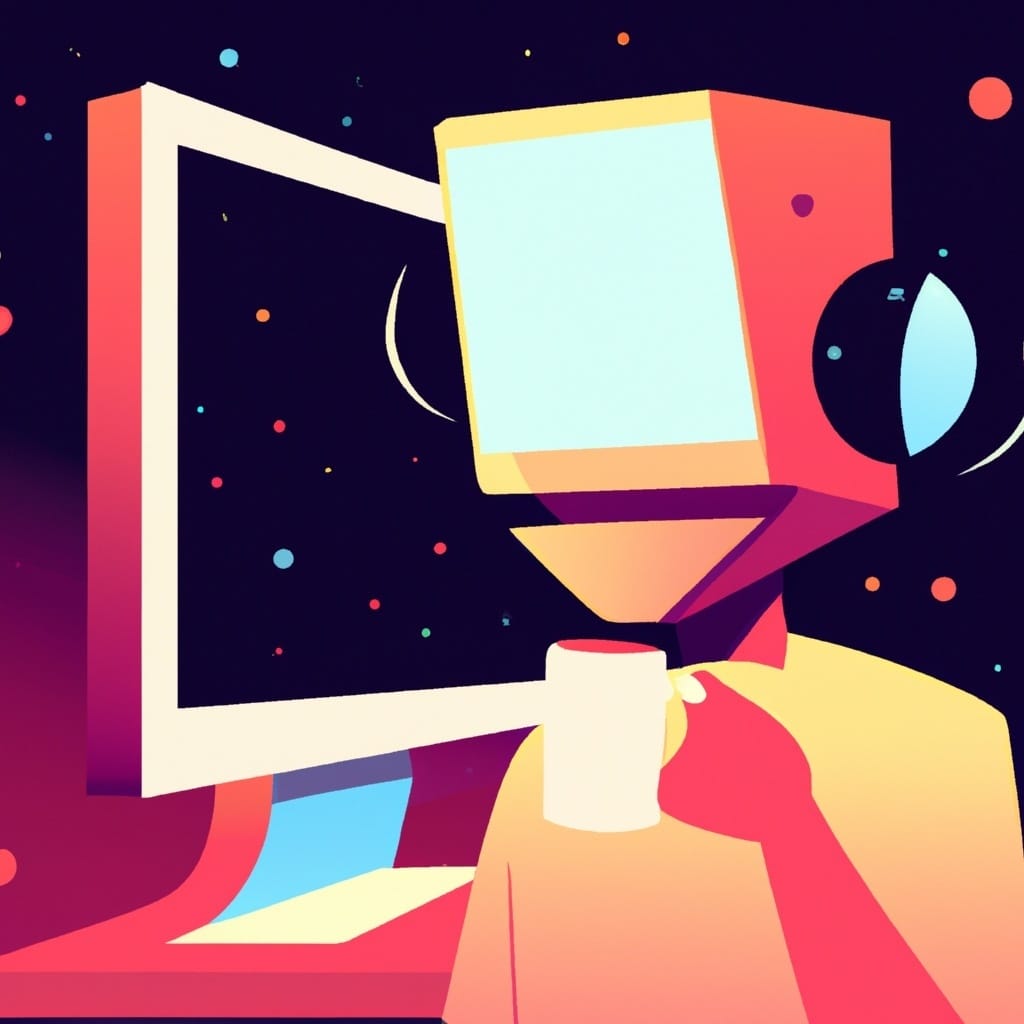
Gia: It’ll continue being a helpful tool, but only in the hands of experienced designers who know what to look for.
Natalie: There are already platforms that people can use for AI-generated flyers, posters, logos. Consumers often like that option as it can be cheaper and quicker than going to a designer. However, I expect there’ll be a U-turn in the future where people will crave bespoke work again, as the market will become saturated with AI-generated, “samey” design work!
Overall, is AI a friend or foe to designers?
Gia: Friend – albeit an expensive one.
Natalie: A friend, but one to use with caution.
In conclusion…
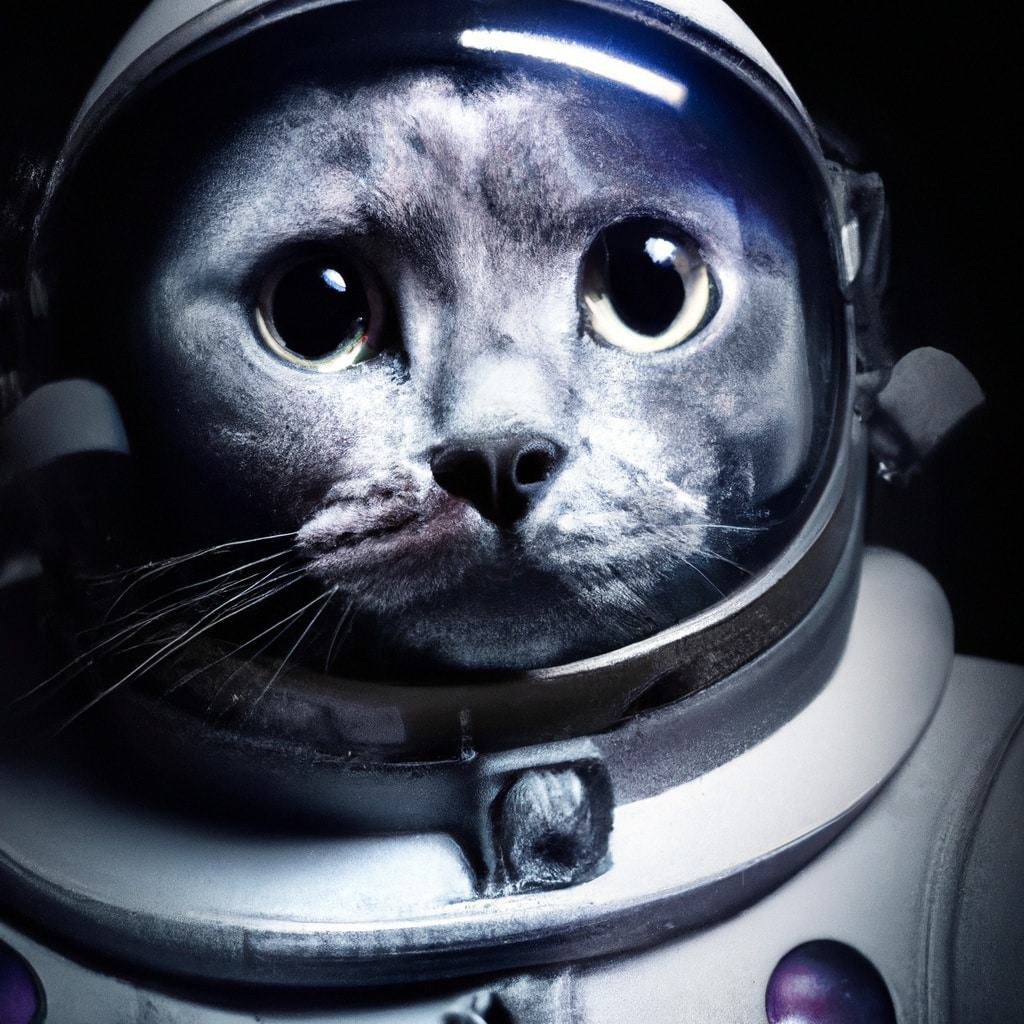
So, what’s the consensus? If you take our designers’ word for it, AI is a helpful tool for their work, but is not to be used uncritically.
Remember that AI tools work on a generative basis, giving you the most likely answer or result based on their analysis of heaps of existing data. As a result, they lack the creative impulse and outside-the-box thinking that defines high-quality work.
Like many technology tools, AI is best used in partnership with human input. AI’s structure and speed can be a springboard for compelling design, but only when combined with the intelligence and insight of experienced professionals.
Looking for convincing copy and eye-catching design?
Speak to us now at hello@isolinecomms.com.

